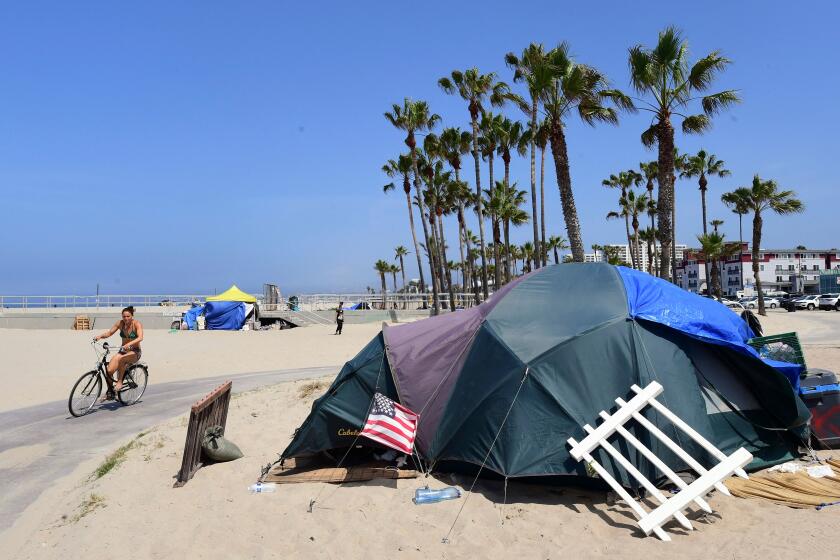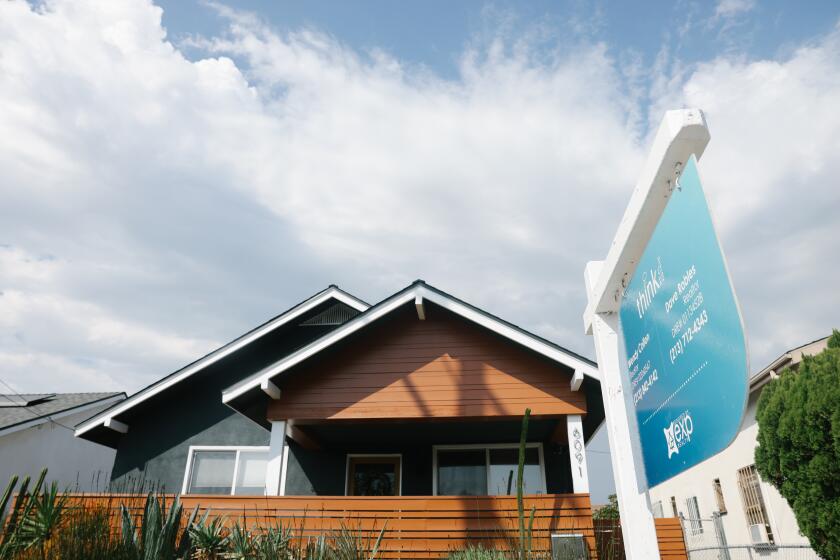HOW TO KEEP BURGLARS AWAY FROM YOUR HOME
When you and your neighbors improve the security of your homes, you can have a major impact on the safety level of the neighborhood. You help to prevent home burglaries--one of the most common crimes in the United States. Close to 3 million burglaries were reported to the police in 1991, according to FBI Uniform Crime Reports.
BASICS ON BURGLARIES
These general facts on burglaries will give you a better understanding of how to make your home more secure.
* Most burglaries occur between 10 a.m. and 3 p.m.
* Half of all burglaries occur through unlocked doors and windows.
* In household burglaries, frequent points of entry are garage doors and windows--wherever an intruder can find the easiest entry. If it takes more than 5 or 10 minutes to pry open a door, the burglar often gives up.
* A burglar spends an average of 8 to 12 minutes in your house--often heading straight for the master bedroom, where most people keep their valuables.
* Burglars usually look for cash, jewelry, electronic equipment, silver, guns and other items that are easy to pick up, carry out and sell on the street to a “fence” or hock at a pawn shop.
* The typical house burglar is a male teen-ager who lives within a mile or two of your home. A small number of criminals can be considered professional thieves, but the chance that the average person will be victimized by a pro is low.
* Most burglaries are crimes of opportunity. Take steps to prevent being burglarized.
DO A HOME-SECURITY SURVEY
A home-security survey is one of the most basic crime-prevention tools you and your neighbors can use to protect your property.
Pay particular attention to low windows or doors in the back of the house or other areas that are out of view of the neighbors. Your neighbors cannot call police to alert them to suspicious activity if they can’t see it.
Here are some of the main components of a secure home:
LANDSCAPING AND LIGHTS
* Fencing, trees and shrubbery do not conceal windows and doors from neighbors and public view or provide access to second-story window--all of which makes it harder for an intruder to hide.
* Security shrubs made of prickly leaves or thorns act as natural barrier to would-be burglars intent on breaking into ground-floor window.
* Motion-sensor lights installed at vulnerable locations, including over entry ways, garage doors and accessible windows. Or exterior lights connected to timer that automatically turns them on at dusk and off at a preset morning hour.
* Outdoor lights made of unbreakable plastic or covered with wire mesh to prevent thieves from smashing bulbs and entering house undetected.
DOORS
* Solid core or paneled exterior doors, at least 1 3/4 inches thick throughout the body of the door.
* Secure locks on every door, including double-cylinder deadbolt locks with at least a one-inch-long throw bolt on all exterior doors.
* Doors next to glass panels have key locks on both interior and exterior sides to prevent intruders from breaking glass and unlocking the door, but occupants must have ready access to keys in case of fire.
* A peephole--with a wide-angle lens for viewing--in every door to see who’s outside without opening the door.
* Doors with panels made of glass are either replaced or have security glass or break-resistant plastic.
* Sturdy hardware on door frame, including inside hinges and reinforced strike plate, to prevent doors from being easily removed.
* Non-removable bars or metal grills on window and doors facing back yard or in vulnerable areas such as basements. Grills may also cover front doors in high crime areas. Any bars or grills over doors and windows must be easy for occupants to release from the inside so they can escape in case of fire.
* All sliding-glass doors should have an extra lock to secure both door panels together or to lock the active side to the frame, so door can’t be lifted off the track. A wooden rod or broomstick, cut to fit the inside door track, is wedged between panels to prevent the active panel from sliding open should the lock be breached.
WINDOWS
* Locks mounted properly and securely, with extra key lock or window peg to prevent opening.
* Sliding-glass windows, like sliding-glass doors, have extra locks to secure panels together or to prevent them from being lifted out of frame.
* Security glass or break-resistant plastic deters burglars from breaking glass to get into house.
* Solid metal bars or grills with inside-release mechanism in bedrooms covering windows in vulnerable areas.
* Window air-conditioner unit or fan is securely bolted and cannot easily be slipped out of position.
GARAGES
* Garage doors and windows meet same standards as all other exterior doors--sturdy construction and strong locks.
* Doors leading to garage and interior garage doors leading into house are kept locked to deter intruders from gaining access to the house without being seen.
* Garage door secured with a hardened steel padlock when residents are away. Make sure the padlock hasp is as sturdy as the lock.
WHEN YOU’RE NOT HOME
Most burglars prefer to enter a house when no one is home. Anything you can do to make your house appear occupied will help ward off a potential break-in. Fortunately, it is not too difficult to give your house that lived-in look.
* Don’t leave obvious clues that you are gone, such as a note on the door saying that you’ll be gone for a certain time.
* Ask a trusted friend, relative or neighbor to keep an eye on things or housesit when you are away.
* If many of the houses on your block are empty during the day because most people are at work, your neighborhood group might work on ideas of enlisting those who stay at home to watch out for neighbor’s property.
* If you are going out for the evening, leave several interior and exterior lights on. If you’ll be away for vacation or other extended period of time, use an automatic timer to turn lights on and off at set times or to coincide with normal light usage in your home. Leave the radio on if you are away at work, or again, use a timer. For the most realistic deception, set timers for both radios and lamps.
* Leave drapes and shades in their normal position--the way you have them when you are at home. Do not leave valuables in sight, close to windows.
* Make sure someone picks up your mail, newspapers or other items that signal that no one is home, or have these deliveries put on hold.
* While you’re away, arrange to have the lawn mowed, garden watered, leaves raked or snow shoveled; have your neighbor put garbage in your garbage cans; if you have two cars, leave one of them in the driveway, or ask a neighbor to park in your driveway.
Mann and Blakeman are the authors of “Safe Homes, Safe Neighborhoods: Stopping Crime Where You Live,” published by Nolo Press, Berkeley, Calif., from which this article is adapted. “Safe Homes, Safe Neighborhoods” is available in bookstores or by calling (800) 992-6656.



